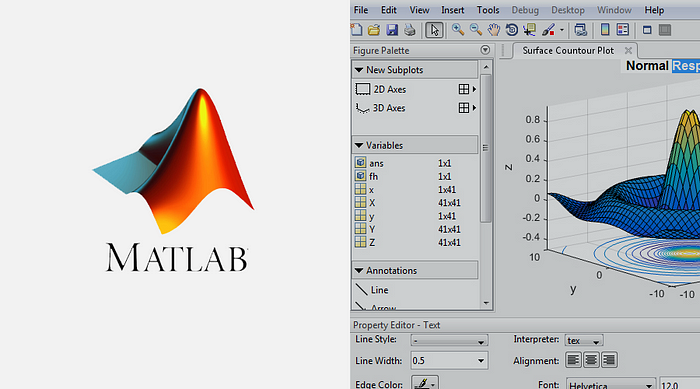Understanding the Five 3-D Visualization Elements In MATLAB
A study has observed an increase in computer science students in the US looking for MATLAB assignment help over the past few years. It is understandable for students to need assistance with such a high-performance language. You can use MATLAB for math and computation, data analysis, modeling, constructing engineering graphics, prototyping, algorithm development, and visualization. It is a beneficial programming language.

However, students have to go online to type “Write my paper” when they fail to understand some of MATLAB’s features that make it unique. One such feature would be the 3-D Visualization that allows MATLAB to handle 3D graphics. In this article, we’ll look into the five elements of this feature:
1. Surface and mesh plots
To put it simply, you require surface plots in MATLAB to visualize matrices that are so large that they cannot be displayed in their numerical form. Surface plots will also help you graph the functions of two variables. There have been cases when a student searches “I need My assignment help with MATLAB visualization” when professors ask to distinguish between mesh plots and surface plots. Mesh plots are wire-frame type of surface that colors the lines connecting the defining points, whereas surface plots show the face of the surface in color as well.
2. View control
The view control is another element integral to the 3-D visualization. Your study will help you understand how this feature is used to control the program’s camera viewpoint. It also helps in rotation, zooming, aspect ratio, and setting up the axis limit. View control helps you change the view using a vector, change the view of specific axes, and even change the surface plot’s view. However, it would be best if you kept in mind that it does not change the line’s location.
3. Lighting
Another common search among computer science students is “MATLAB assignment help with lighting.” This feature of MATLAB is a technique used for adding and controlling the lighting of a scene. Setting up proper shades and highlights makes a graphic object lifelike and adds a touch of realism to it. You can add lights to a scene and also illuminate mathematical equations on the surface graph. It’s a helpful feature that enhances the visualization.
4. Transparency
The feature of transparency comes in handy when you’re creating 3-D images. However, your study will help you understand that transparency has its own challenges. It is much more challenging to depth sort transparent objects than opaque objects. It is because of this reason that MATLAB’s max function isn’t as complex as its sort function. You have an array of options for depth sorting transparent objects. One of them is the OIT or the Order Independent Transparency. However, OIT faces shortcomings when it encounters objects having the same depth.
5. Volume visualization
Studies show that students have also searched “Write my paper on volume visualization in MATLAB” multiple times. Volume visualization is the last feature in 3-D visualization, which helps you create a diagrammatic representation of data on 3-D grids. These volume data can be of two types- scalar volume data and vector volume data. The former contains only single values for each point, whereas the latter contains two or three values for each point. MATLAB also enables you to interpolate and restructure your data before you can proceed with visualization.
These are the five important elements of the 3-D visualization feature in MATLAB. It is important to understand each of these elements to grasp better how the feature works. The more you clear up your concepts, the less chance there is of you asking anyone, “Please write my paper for me.”
Summary:
The 3-D visualization feature n MATLAB is composed of five elements that amplify its usage in multiple regards. This article gives you an overview of the five elements and improves your understanding of the same.
